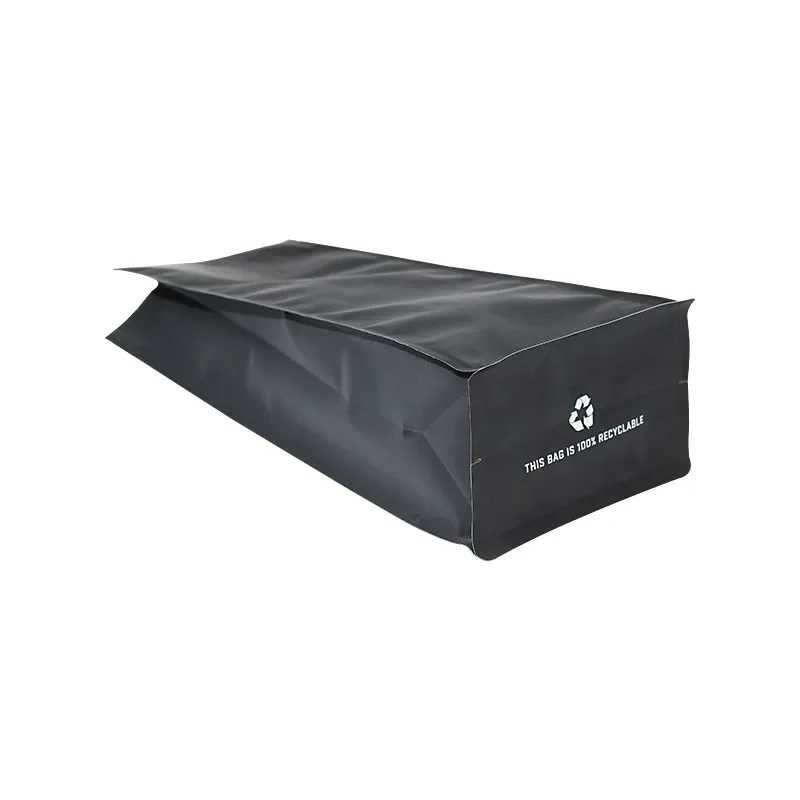- Afrikaans
- Albanian
- Amharic
- Arabic
- Armenian
- Azerbaijani
- Basque
- Belarusian
- Bengali
- Bosnian
- Bulgarian
- Catalan
- Cebuano
- chinese_simplified
- chinese_traditional
- Corsican
- Croatian
- Czech
- Danish
- Dutch
- English
- Esperanto
- Estonian
- Finnish
- French
- Frisian
- Galician
- Georgian
- German
- Greek
- Gujarati
- haitian_creole
- hausa
- hawaiian
- Hebrew
- Hindi
- Miao
- Hungarian
- Icelandic
- igbo
- Indonesian
- irish
- Italian
- Japanese
- Javanese
- Kannada
- kazakh
- Khmer
- Rwandese
- Korean
- Kurdish
- Kyrgyz
- Lao
- Latin
- Latvian
- Lithuanian
- Luxembourgish
- Macedonian
- Malgashi
- Malay
- Malayalam
- Maltese
- Maori
- Marathi
- Mongolian
- Myanmar
- Nepali
- Norwegian
- Norwegian
- Occitan
- Pashto
- Persian
- Polish
- Portuguese
- Punjabi
- Romanian
- Russian
- Samoan
- scottish-gaelic
- Serbian
- Sesotho
- Shona
- Sindhi
- Sinhala
- Slovak
- Slovenian
- Somali
- Spanish
- Sundanese
- Swahili
- Swedish
- Tagalog
- Tajik
- Tamil
- Tatar
- Telugu
- Thai
- Turkish
- Turkmen
- Ukrainian
- Urdu
- Uighur
- Uzbek
- Vietnamese
- Welsh
- Bantu
- Yiddish
- Yoruba
- Zulu
Innovative Approaches to Sustainable Milk Packaging for a Greener Future
The Evolution and Importance of Milk Packaging
Milk has been a vital part of human nutrition for centuries. As societies evolved, so did the methods of milk production and distribution. An often overlooked but crucial aspect of this journey is milk packaging. The right packaging not only preserves the freshness and safety of the milk but also plays a significant role in marketing, sustainability, and convenience.
The history of milk packaging dates back to ancient civilizations, where people used clay pots or animal skins to store and transport milk
. These materials, while functional, were not ideal for long-term preservation. It wasn't until the 19th century that glass bottles began to replace earlier methods, providing a more hygienic option. The introduction of glass bottles was revolutionary; they allowed consumers to see the product they were buying while also providing a relatively airtight environment that preserved milk quality.As technology progressed, pasteurization emerged as a method to eliminate harmful bacteria, thereby increasing the shelf life of milk. This advancement required a corresponding evolution in packaging. In the early 20th century, the advent of paperboard cartons marked a significant shift. Cartons were lightweight, easy to transport, and could be produced in various sizes to cater to different consumer needs. They also offered the advantage of being recyclable, paving the way for more sustainable packaging solutions in the future.
milk packaging

Today, milk packaging encompasses a range of materials and designs, each with its own benefits. One of the most widely used materials is Tetra Pak, a composite package made from paperboard, plastic, and aluminum. Tetra Pak's multi-layer design allows for long shelf life without the need for refrigeration, making it an ideal solution for distribution to areas lacking proper cold storage facilities. This technology has significantly expanded the reach of milk to remote communities, ensuring that people everywhere have access to this essential source of nutrition.
Sustainability is increasingly influencing the dairy industry, and milk packaging is no exception. As consumers become more environmentally conscious, milk producers are looking for ways to reduce their ecological footprint. Innovations such as plant-based cartons and compostable materials are gaining traction. Companies are also exploring reusable packaging options, encouraging consumers to return containers for refill rather than discarding them. These changes not only appeal to eco-friendly shoppers but also align with global efforts to reduce plastic waste in the environment.
The visual aspect of packaging cannot be understated. An appealing design can catch a shopper’s eye and make a product stand out in a crowded aisle. Brands invest heavily in packaging aesthetics, employing vibrant colors, creative graphics, and clear labeling to convey their messages. Additionally, with the rise of e-commerce, packaging needs to be robust enough to withstand the rigors of shipping while still preserving product integrity.
In conclusion, milk packaging is more than just a protective wrapper; it is a crucial factor in ensuring product safety, extending shelf life, and reducing environmental impact. As the dairy industry continues to innovate, the future of milk packaging looks promising. With a focus on sustainability and technology, the way we package milk will likely continue evolving, ensuring that this beloved beverage remains accessible and appealing to consumers around the world. From glass bottles to eco-friendly cartons, the journey of milk packaging reflects broader societal trends and consumer preferences, ultimately ensuring that milk remains a staple in our diets for generations to come.













